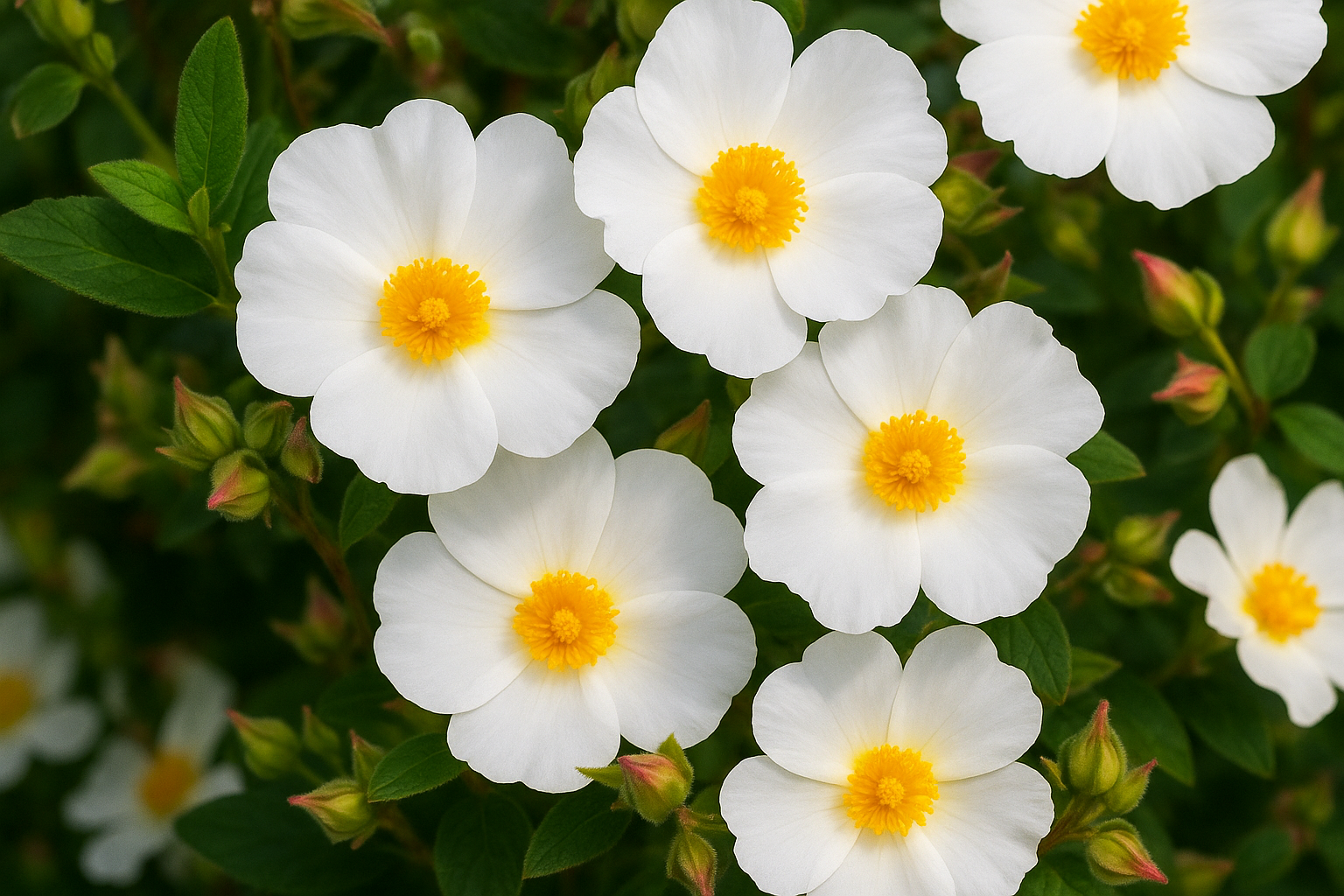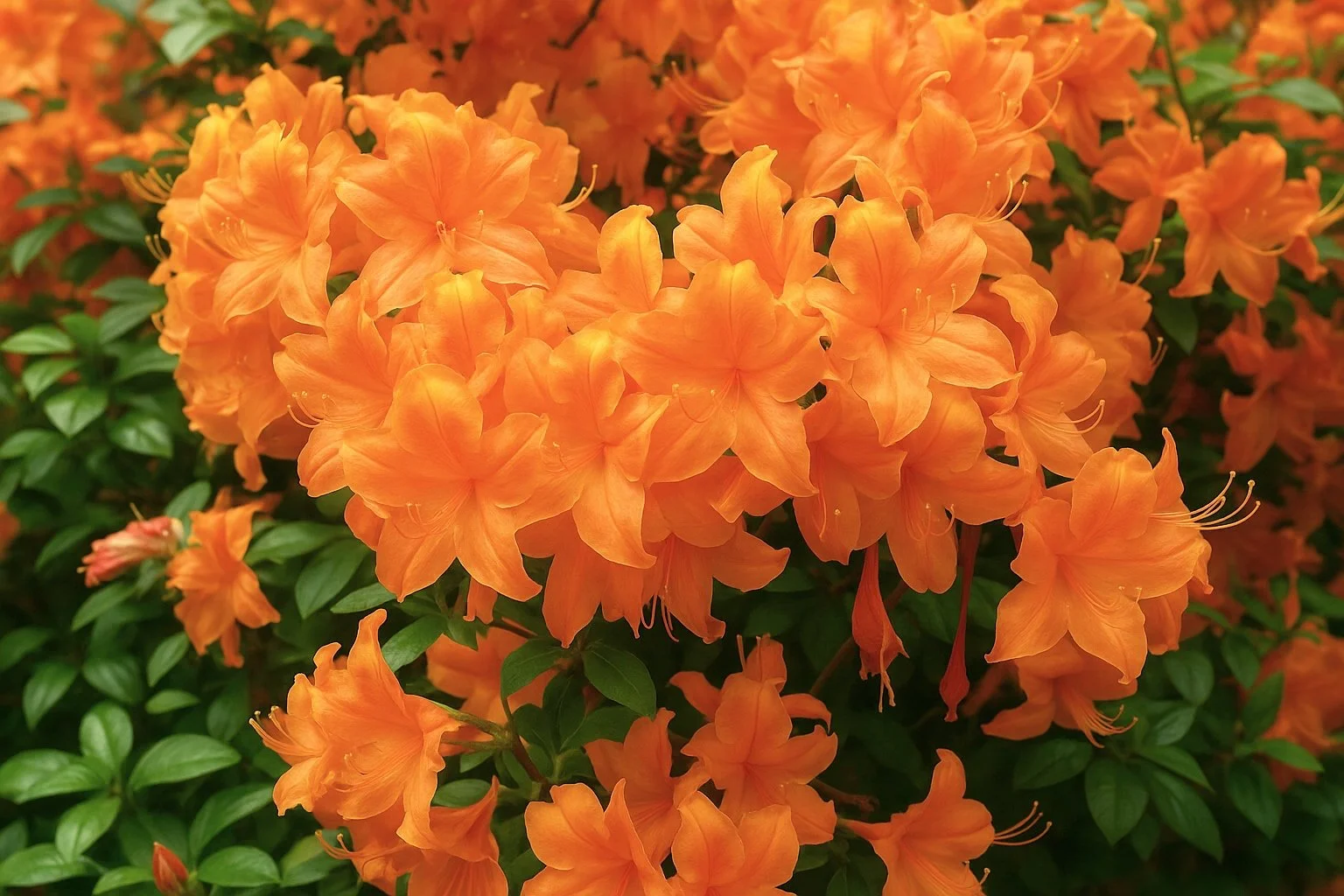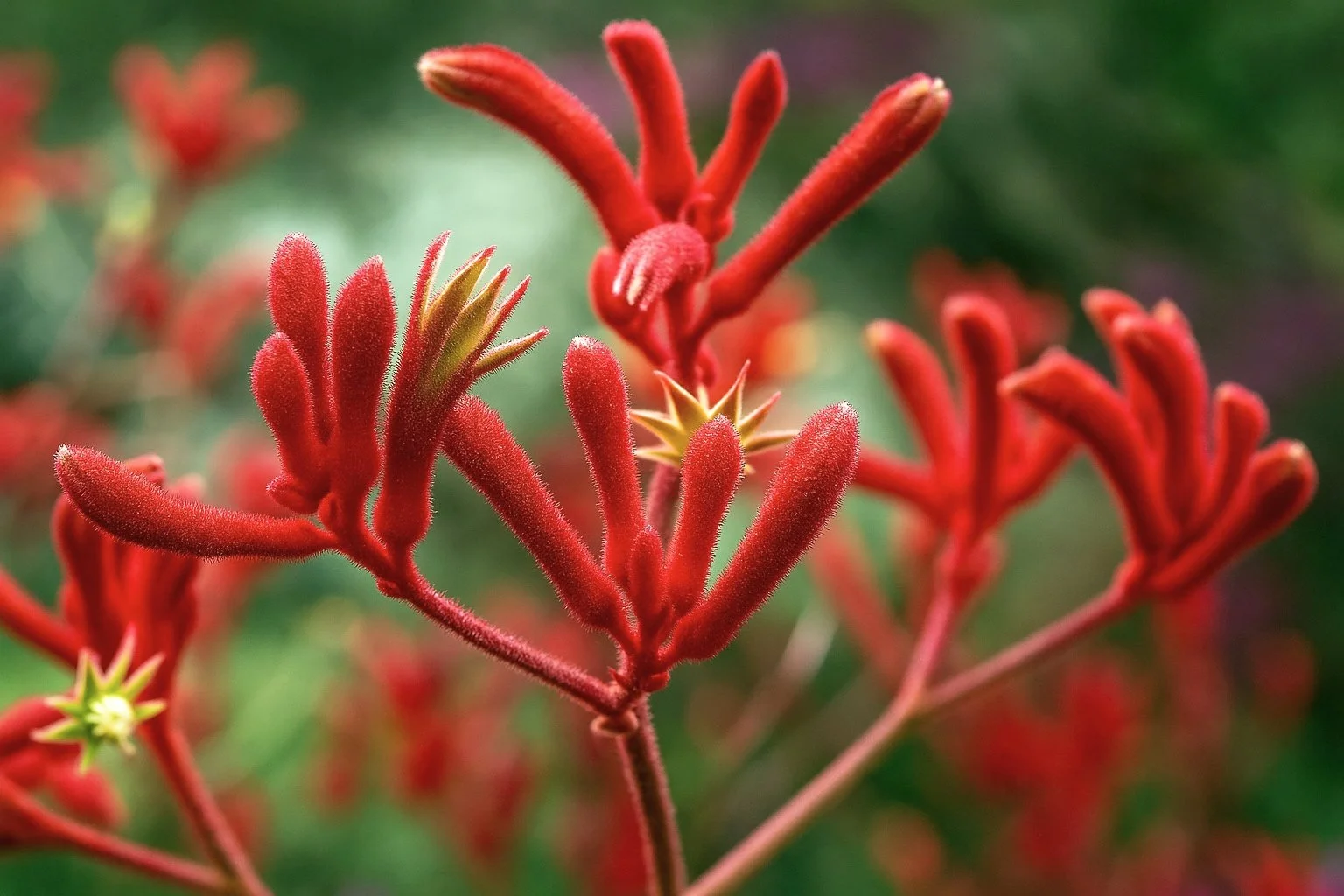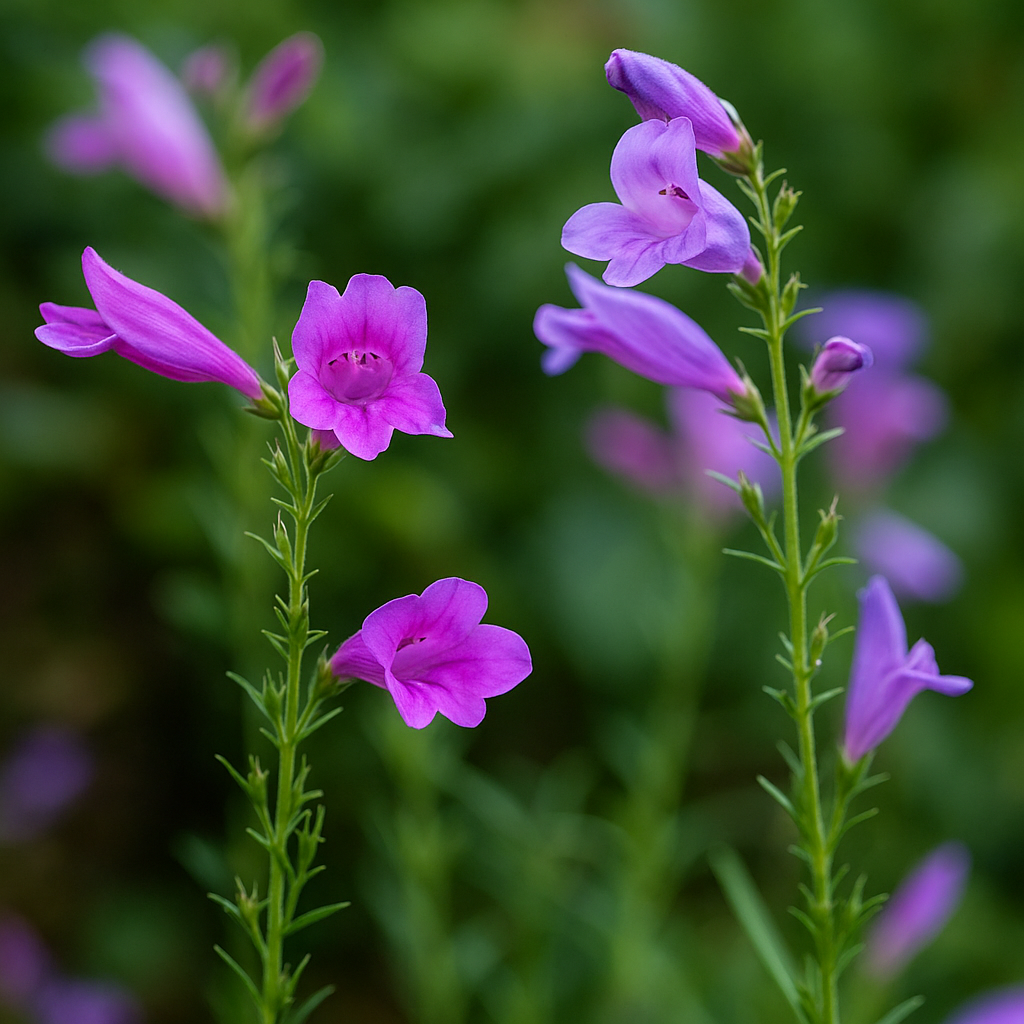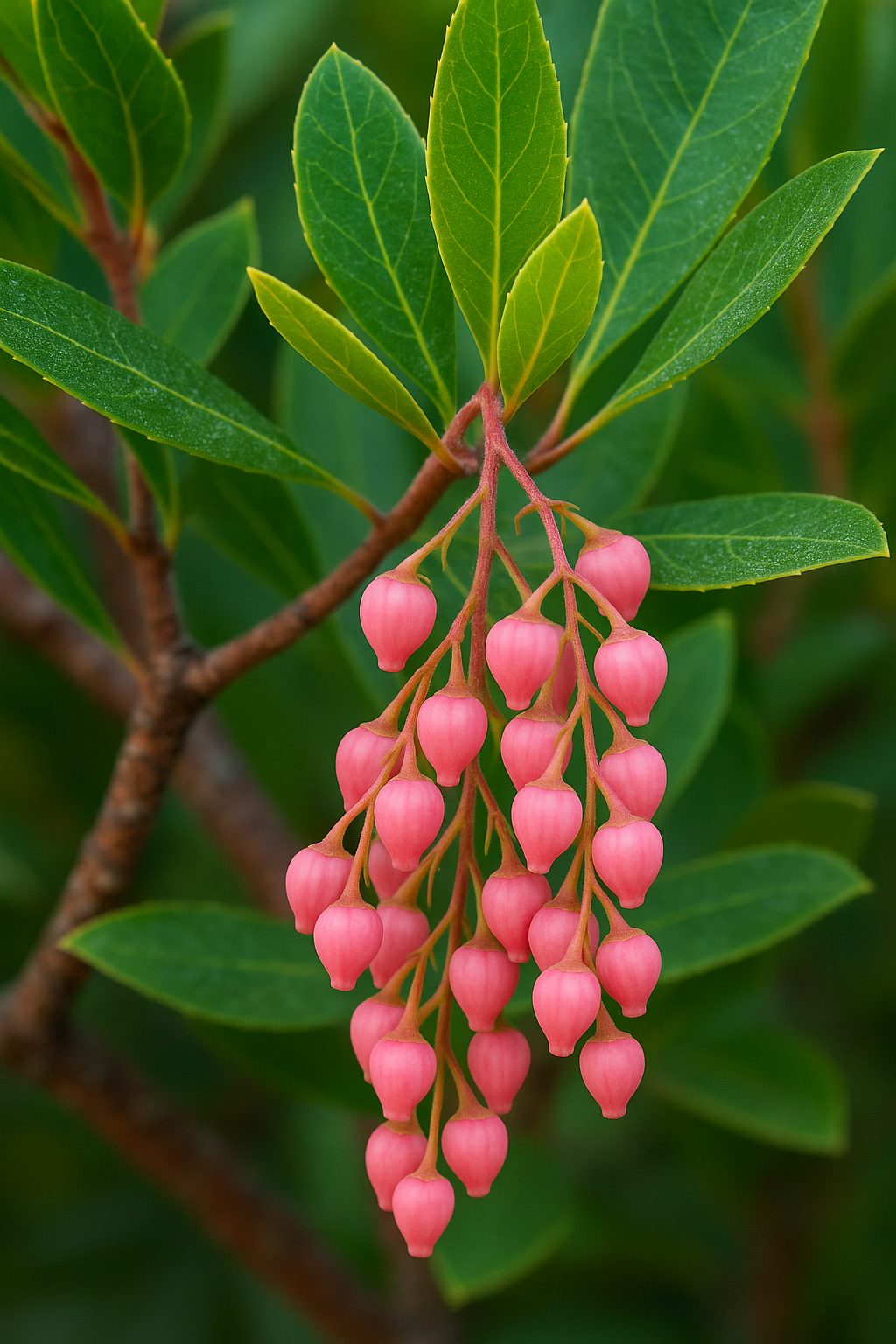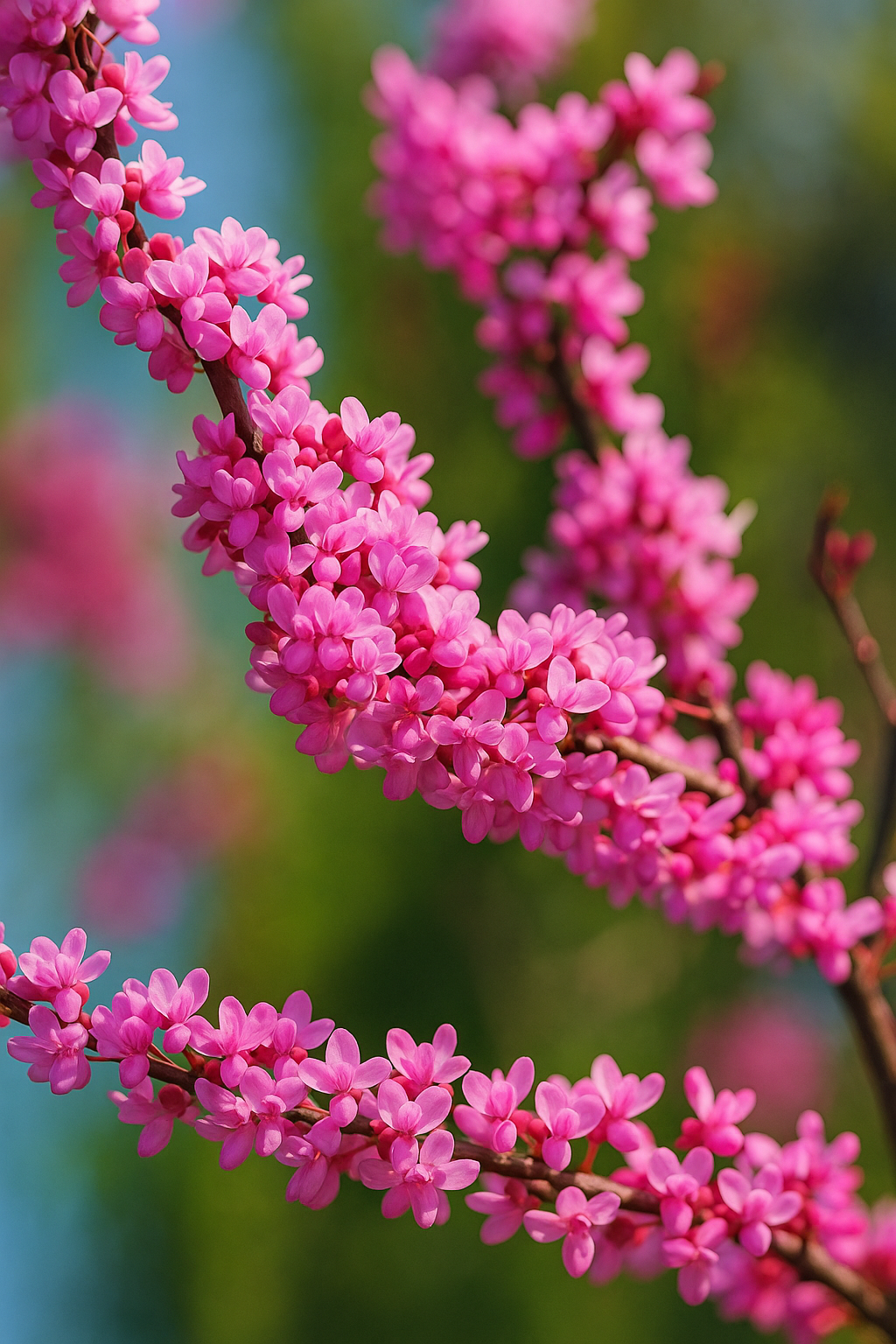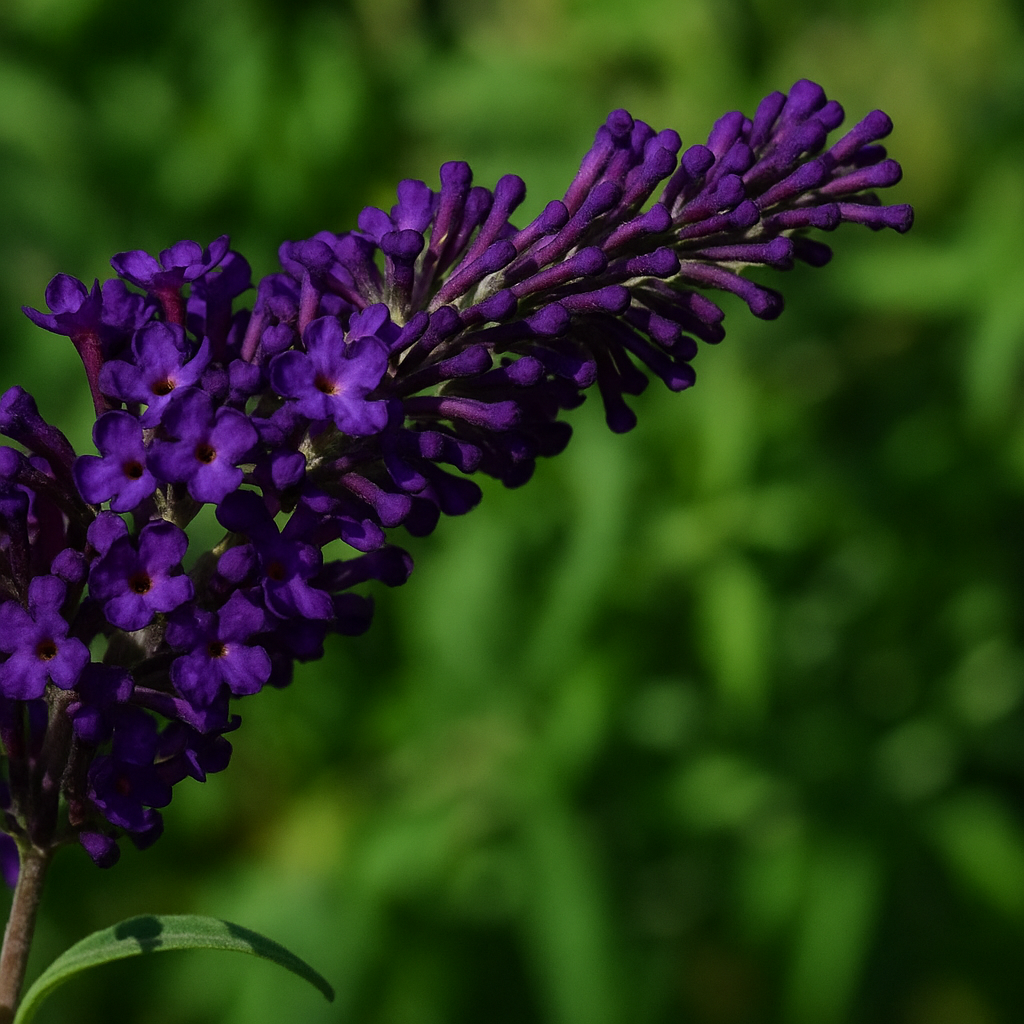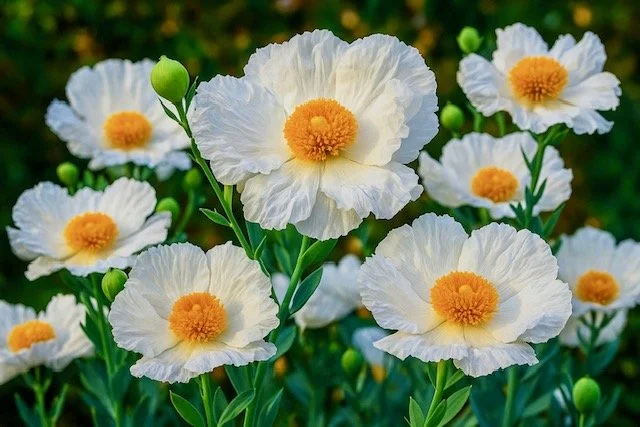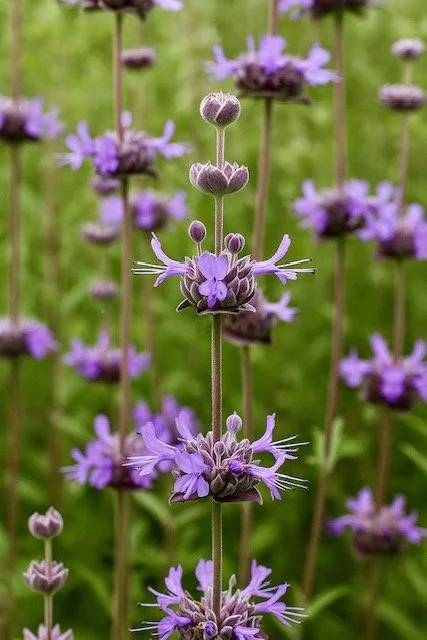
Waterwise Plants
with the best irrigation methods for Southern California landscapes
The top Drought tolerant plants for water-wise landscapes
-
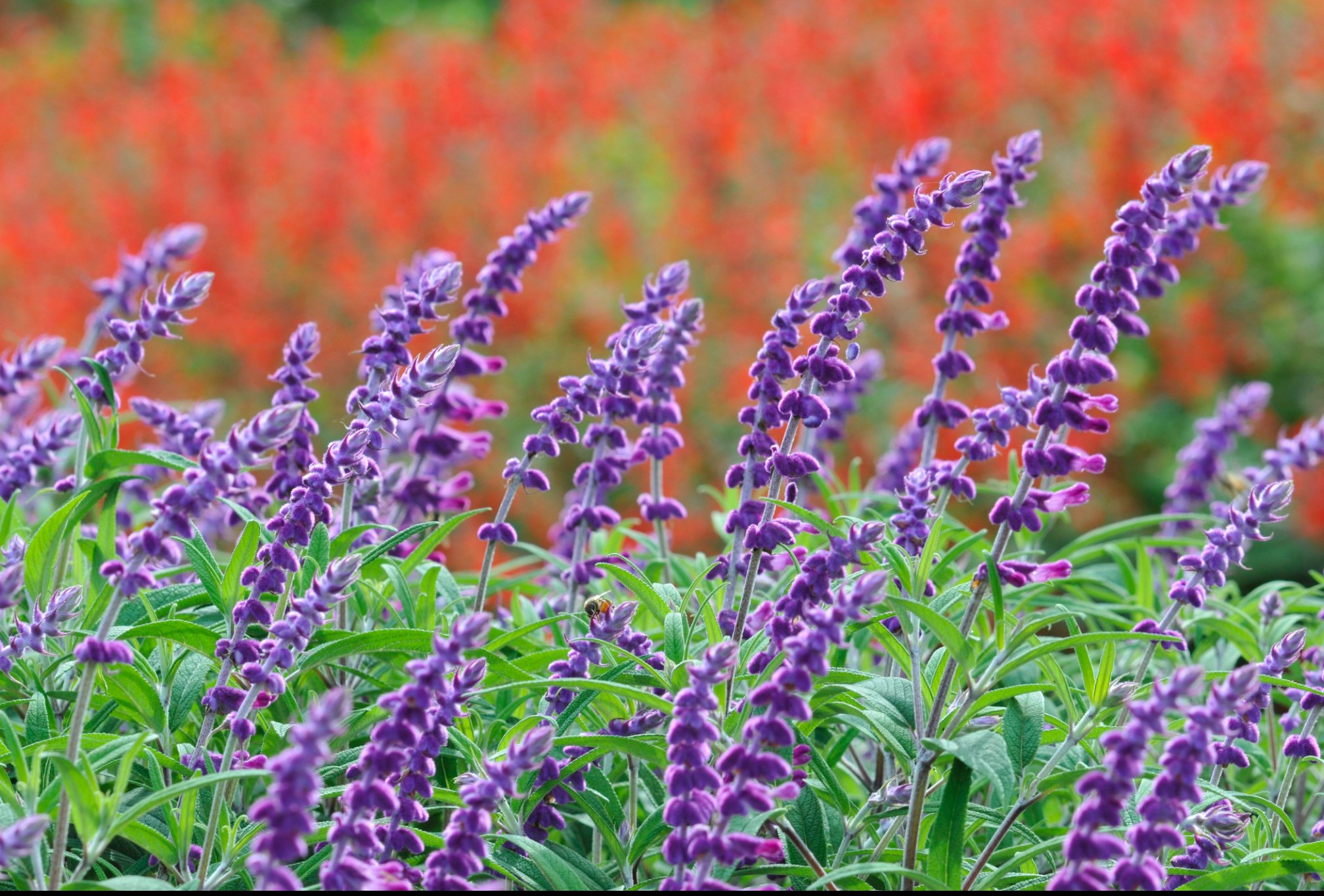
MEXICAN SAGE
Scientifically known as Salvia leucantha and commonly referred to as Mexican Bush Sage or Velvet Sage, is a striking ornamental shrub native to central and eastern Mexico. It's celebrated for its vibrant, velvety purple flower spikes.
-

SALVIA GREGGII
Commonly known as Autumn Sage, is a vibrant, drought-tolerant perennial shrub native to Texas and northern Mexico. It's renowned for its long blooming season, aromatic foliage, and its appeal to pollinators like hummingbirds, and butterflies.
-

Leucophyllum frutescens
Commonly known as Texas Ranger, Texas Sage, or Barometer Bush, is a standout drought-tolerant shrub that's widely used in California and Southwestern landscapes.
-

Ceanothus
Commonly known as California Lilac, is a stunning and versatile group of native shrubs that are prized for their vibrant blue to purple flowers, evergreen foliage, and incredible drought tolerance—making them a staple in California-friendly landscaping.
-

Cistus Rock Rose
Common name for a group of tough, drought-tolerant shrubs in the Cistus genus. These Mediterranean natives are prized in California gardens for their vibrant blooms, low water needs, and ability to thrive in poor soils and hot, dry conditions—perfect for coastal and inland landscapes alike.
-

Lantana
Lantana camara is a vibrant, low-maintenance, drought-tolerant flowering shrub ideal for San Diego landscapes and water-wise gardens. Known for its clusters of bright orange, yellow, and red blooms, Lantana adds bold color and attracts butterflies, bees, and hummingbirds throughout the growing season.
Why drought tolerant landscape
In the sun-soaked landscapes of California—especially in Southern California where drought conditions, dry climates, and water restrictions are frequent—residents have had to rethink the traditional American yard. The lush, green turf lawns of the past, once a status symbol and source of pride, are now being reevaluated in favor of something both beautiful and sustainable: drought-tolerant landscaping.
As California water conservation becomes more urgent and the climate continues to shift, homeowners, landscape designers, property managers, and business owners have embraced drought-tolerant plants not just out of necessity, but as a creative and eco-friendly opportunity. Native California plants like California Lilac (Ceanothus), Rockrose, Red Yucca, and Salvia have emerged as low-water landscaping solutions. These water-wise plants thrive with minimal irrigation and offer bursts of color, texture, and movement that traditional turf simply can’t match.
At Nature’s Elements Landscaping, we’ve always been deeply passionate about this practice. Through our growing understanding of sustainable landscaping and the importance of saving water in California, we’ve made it our mission to prioritize environmentally responsible landscaping practices in all our projects. That’s why we incorporate smart irrigation systems, drip irrigation, moisture sensors, Wi-Fi sprinkler controllers, and the latest water-saving technologies to help our clients reduce water waste and keep their outdoor spaces healthy and green. We believe that landscape design can be both beautiful and sustainable.
People have discovered that drought-tolerant gardens can be just as, if not more, vibrant than conventional lawns. Ornamental grasses like Muhlenbergia, succulents such as Agave, Dudleya, and Aloe, and flowering perennials attract pollinators, add movement, and create a thriving eco-friendly garden. Instead of a static expanse of green, California-friendly landscapes are dynamic, low-maintenance, seasonal, and alive.
While artificial turf or natural lawns still play a role—especially in family-friendly backyards, pet areas, or cool zones—many have found that a balance can be struck. A small lawn installation paired with drought-resistant landscaping, native plant beds, and decorative gravel or mulch creates a yard that is both functional and climate-adapted. This approach not only conserves water but also significantly reduces landscape maintenance costs and irrigation needs.
Neighborhoods are transforming. The once uniform front yards are now tapestries of California native plants, climate-appropriate shrubs, and low-water ground covers, creating corridors of biodiversity and reflecting the natural beauty of the region. These landscapes don’t just survive—they thrive—and in doing so, they tell a new story: one of resilience, creativity, and stewardship of California’s most precious resource—water.
Adopting drought-tolerant plants in Southern California isn’t just a trend; it’s a meaningful shift toward a sustainable future. And at Nature’s Elements Landscaping, we’re proud to help lead that change—one thoughtfully designed, water-wise landscape at a time.
Low-Water-Use Sprinkler Systems with Top Product Recommendations
For Waterwise landscapes in dry climates like San Diego, drip irrigation is often the most efficient and sustainable way to keep your plants thriving. Drip irrigation systems deliver water directly to the root zones of plants through tubing, emitters, or inline drip lines—significantly reducing water loss from evaporation, runoff, and overspray. These systems are ideal for shrubs, groundcovers, native plants, and drought-tolerant landscapes, and can be easily integrated into new designs or retrofitted into existing sprinkler systems.
To complement drip irrigation, upgrading to high-efficiency sprinkler components is key to conserving water while maintaining a healthy, beautiful yard.
1. Drip Conversion Kits:
Easily retrofit traditional spray zones into water-saving drip zones using Netafin Drip irrigation Systems or Rain Bird 1800-RETRO Spray-to-Drip Conversion Kit or the Hunter Retrofit Drip Kit with integrated pressure regulation and filtration. Drip irrigation is especially useful for shrub beds, planters, succulents, and California native plants.
2. Rotary Nozzles / MP Rotators:
Swap standard nozzles with Hunter MP Rotator Nozzles. These multi-stream rotating heads deliver water slowly and evenly, reducing runoff and saving up to 30% more water.
Another excellent choice: Rain Bird R-VAN Adjustable Rotary Nozzles, perfect for irregular or sloped areas with customizable arc and radius settings.
3. Strip Pattern Nozzles:
For narrow areas like parkways or side yards, install Rain Bird U-Series Strip Nozzles or Toro Precision Strip Nozzles (side, center, or end strip). These provide controlled rectangular spray patterns that minimize waste on hardscapes.
4. High-Efficiency Spray Heads (HES):
Upgrade to Rain Bird 1800 Series PRS Spray Heads or Hunter Pro-Spray PRS40. These heads feature pressure-regulating stems that maintain a consistent 30 PSI, reducing misting and overspray for efficient water use.5. Smart Timers & Flow Sensors:
Take full control of your water use with Rachio 3 Smart Controller or Hunter Hydrawise HC Controller. These devices use weather data to automatically adjust watering schedules. For leak detection and efficiency tracking, pair them with Rain Bird Flow Sensor FS200 or Hunter HC Flow Meter.
Why It Matters
These products work together to:
Conserve water (up to 50% savings or more)
Prevent overspray and landscape runoff
Improve irrigation zone efficiency with drip systems
Comply with California MWELO standards
Qualify for local water agency rebates, including in San Diego County
Why Choose Techline®?
Precision watering – uniform distribution, minimal waste
Durability – UV protection, self-cleaning, anti-siphon
Eco‑friendly – recycled materials, LEED-eligible
Innovative design – mechanical root barriers, copper emitters
Versatility – multiple sizes and configs for any landscape need






